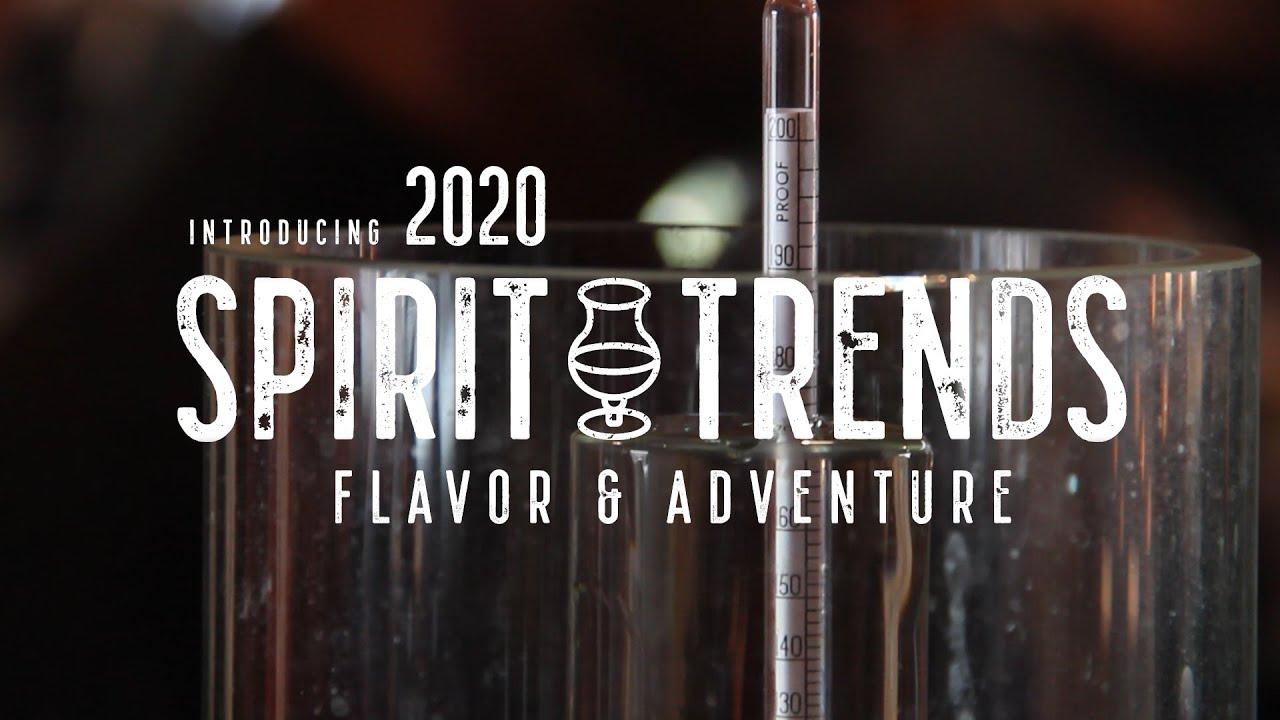
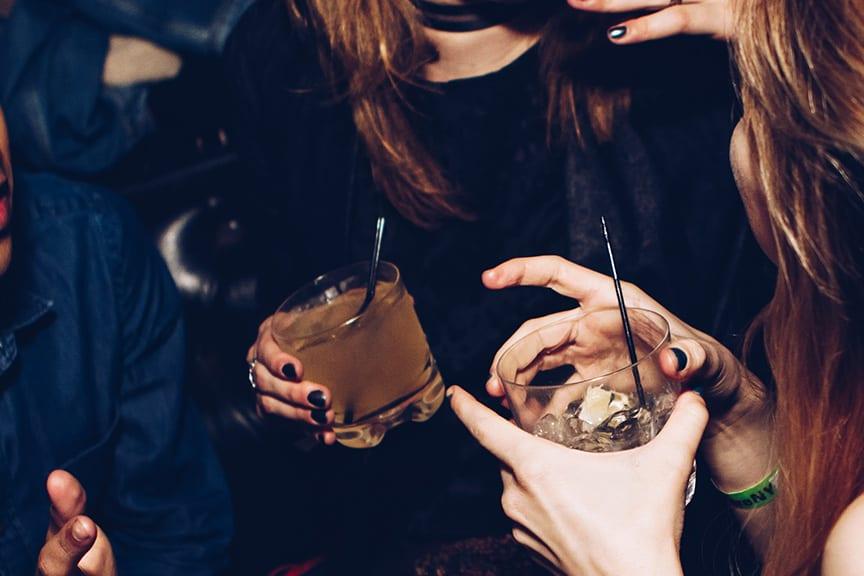
2020 Spirits Trends

At Moonshine University, it's our job to stay abreast of trends in the distilling industry. Thanks to our expert, international faculty, which hail from every facet of the beverage industry, we're able to glean key insights into the future of distilled spirits. This year, we gathered our team to identify emerging trends we expect to be in the spotlight in the coming year. The 2020 Spirits Trends forecast is shaping up to be focused on flavor and adventure.
Flavor & Adventure
While it's true that the distilling industry is tradition-bound, that doesn't mean innovation isn't happening. Thanks to the rise of the craft distilling movement, we're seeing more experimental expressions across spirits categories, the results of which are sure to crop up in the new year. Here are the 2020 Spirits Trends to look out for:
Gin & Botanical Spirits
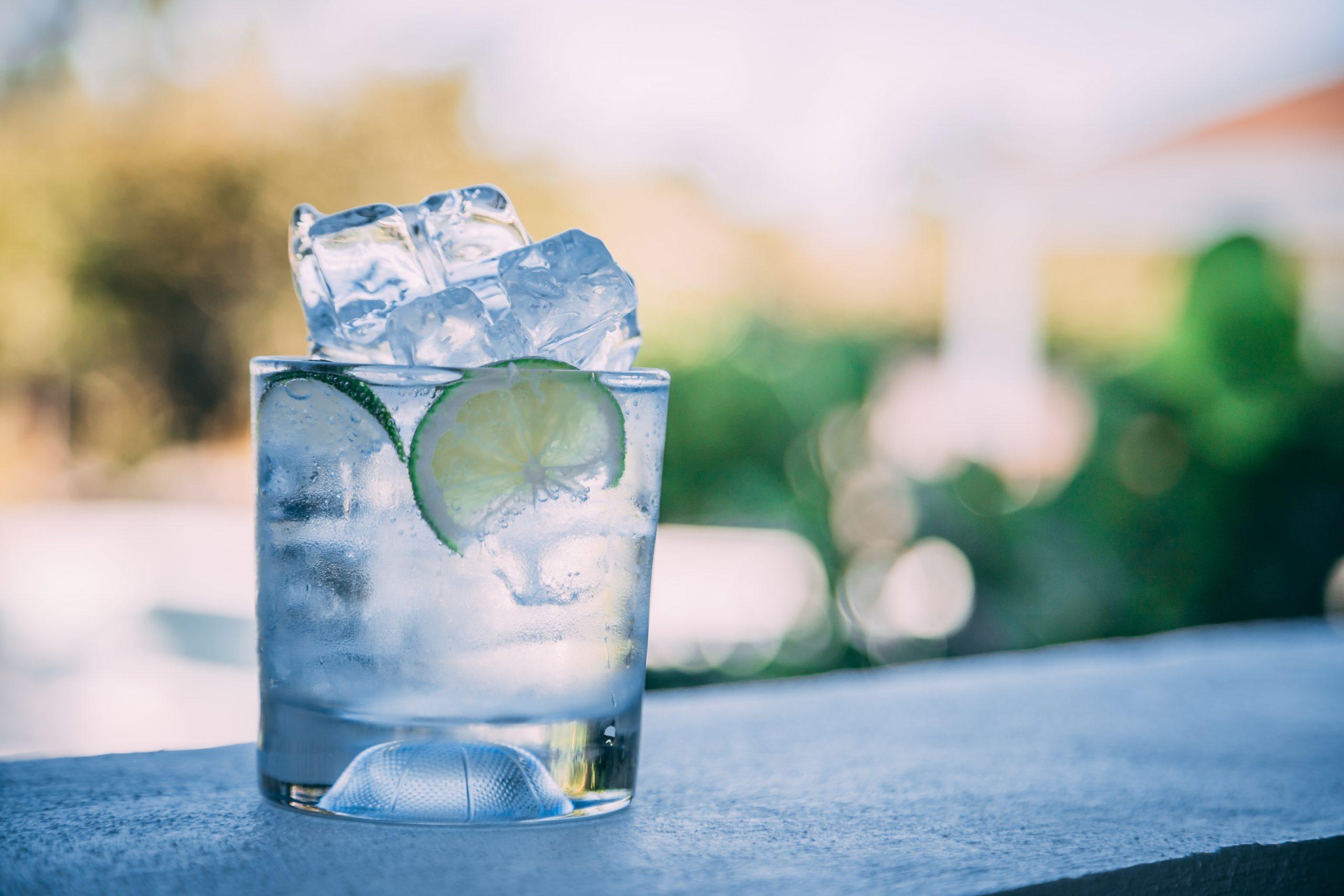
While vodka still accounts for the majority of global spirits sales, changing consumer tastes are giving rise to more adventurous, flavorful experiences… Enter, gin, absinthe, and other botanical spirits!
Worldwide, gin is experiencing unprecedented growth, particularly in Europe, the Philippines and Southern Africa. In fact, at 8.3%, gin posted the largest gain in global beverage alcohol consumption from 2017 to 2018 — and it's showing no signs of slowing down as we make our way into 2020.
It's taken a bit more time for gin to gain ground in the US market, but as consumers become more adventurous and move towards products emphasizing flavor experiences over sweetness, gin and other botanical spirits are sure to become more prominent in the new year. Its variety of expressions and applications for cocktails make it a more interesting choice as consumers embrace the more complex profiles possible with botanicals. Social media has also spurred growth in this category by popularizing presentational gins (think pink and purple gins) with Instagram-worthy garnishes.
From a distiller's perspective, gin and botanical spirits also present great bridge spirit alternatives to vodka and flavored moonshines. Their "still-to-shelf" nature offers a financial advantage to craft distillers who need cash flow while waiting for brown spirits to age. Botanical spirits also have the benefit of being marketable to adventurous consumers looking for more sophisticated, flavorful cocktails — and data shows us that they're increasingly willing to pay for it at a premium.
Agave Spirits
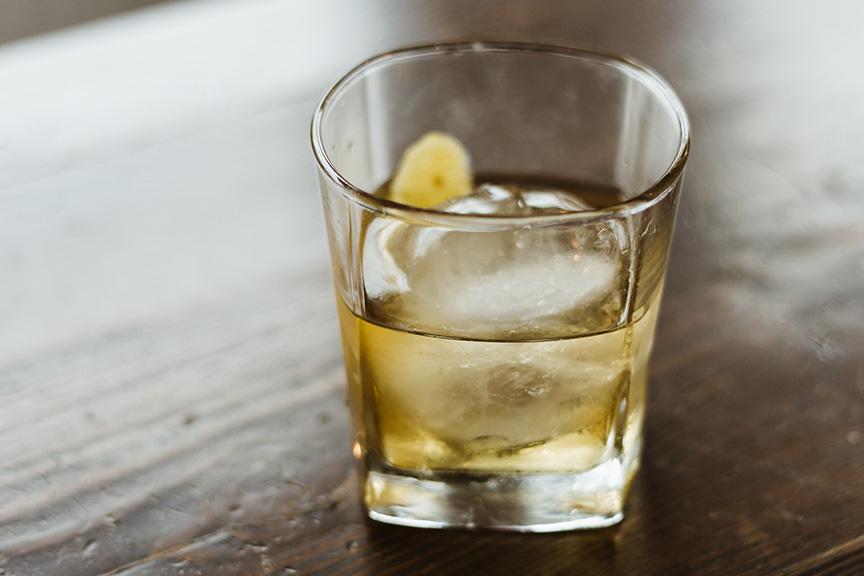
As consumers continue to seek out "better-for-you" drinks, agave spirits are gaining ground in the global market, following close behind gin and whiskey.
In a US context, it helps that agave-based spirits, which include tequila and mezcal, are the only grain- and cane-free spirit. With this distinction comes the perception (albeit misled) that agave spirits are "healthier" than other hard spirits. With alternative diets like paleo and keto on the rise, consumption of agave spirits has naturally seen an uptick.
Like gin, agave spirits are also incredibly versatile, perfect for distillers looking to add something different to their product portfolio. Often classified by the agave species from which they are distilled, or the production and maturation methods utilized, agave spirits offer a wide range of expressions. These differences are fueling the innovation and premiumization of agave spirits of all kinds.
Like Bourbon, it also helps that agave spirits are romanticized for their production processes and origin stories, making them incredibly marketable to the adventurous consumer. Expect to see more varietal and regional representation in the agave spirits sector as we move into 2020.
American Whiskey

Despite tariffs, innovation in American whiskey continues to drive steady growth worldwide. Craft brands in particular are venturing far beyond tradition, exploring alternative grains in place of the customary corn, wheat, rye, and barley. Secondary maturation is another area of innovation where used port, sherry and wine casks lend new levels of complexity to traditional whiskey flavor profiles.
Learning from the Scotch tradition, a niche in this category that's gaining prominence is "American Single Malt Whiskey." It's so new, however, it still lacks a defined standard of identity. This gray area offers distillers plenty of room for creativity, experimentation, and innovation. Consumers are taking note as they look for new flavor profiles in their whiskey. From utilizing mash bills with blended varietals of malt to domestically harvested peat, regional water sources, and maturation in non-traditional wood species, what results is a variety of flavor profiles ranging from light and fruity to smokey, spicy, and rich.
The perfect spirit for the craft distiller, American whiskey makes our list not only because of its worldwide growth as an emerging category, but also because many of these experimental barrels are just now reaching maturation. That means we'll soon have a variety of expressions to taste. In the new year, we'll have our first opportunity to evaluate how this category is developing.
Bourbon
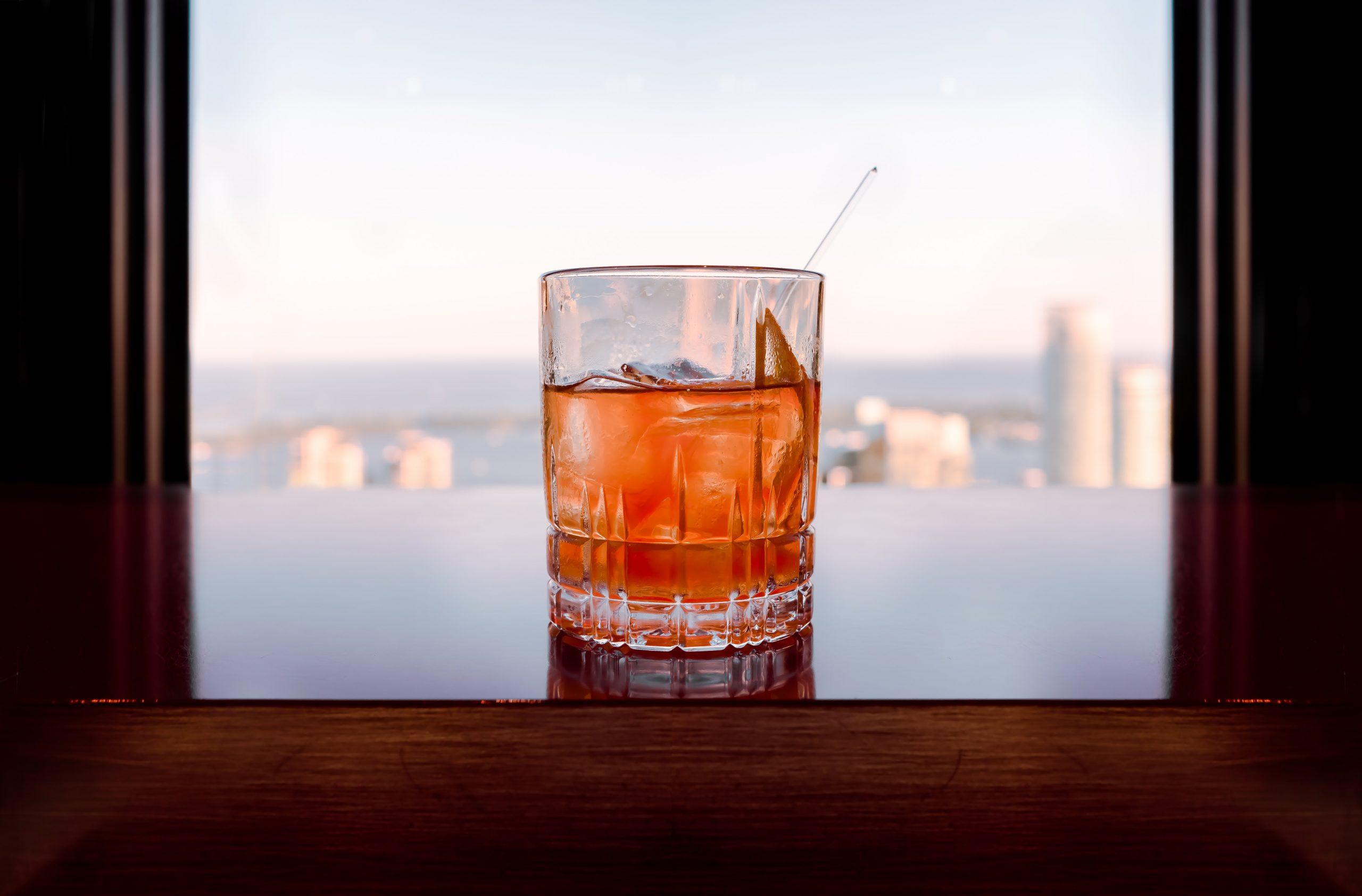
While finding tariffs a bit more injurious than American whiskey, we're including Bourbon in our 2020 Spirits Trends lineup because of its continued rise to fame in the industry worldwide, even in the face of such challenges.
To put things in perspective, the Kentucky Distillers' Association (KDA) recently announced that Kentucky's signature Bourbon and distilled spirits industry set two modern era records in 2018 by filling more than 2.1 million barrels of Bourbon and aging 9.1 million total barrels of spirits — enough to give 2 barrels apiece to the 4.5 million residents living in the Commonwealth of Kentucky. That's the highest barrel inventory in the 52 years that records have been kept at the KDA; it's also the first and only time since 1967 that distillers filled more than 2 million barrels of America's only native spirit, indicating that Bourbon is indeed trending upward.
2020 Spirits Trends - Insights
Spurred by popular culture and the availability of educational resources like the Stave & Thief Society, consumers are becoming more educated about distilled spirits. With that comes an increased demand for more transparency and authenticity from brands and their products. We see consumers looking for innovative expressions delivering unique, flavorful experiences; but there are some key challenges spirits brands should consider as we move into 2020.
Sober Curious & Low ABV

Following national health trends is the rise of the "Sober Curious" movement. Not only are consumers picking up "better-for-you" drink products emphasizing flavor over sweetness, they're also going for Ready-to-Drink Cocktails (RTDs) and other beverage choices with a lower alcohol content.
There's also been a rise in products that allow consumers to opt out of alcohol altogether. That's right, more and more beverages are emerging that mimic the taste of traditional spirits but without some of the negative side effects. So far, the industry has responded by offering alcohol-free versions of gins, whiskeys, and other spirits. In 2020, we're likely to see more of these types of products entering the market accompanied by new, creative mocktail recipes.
CBD
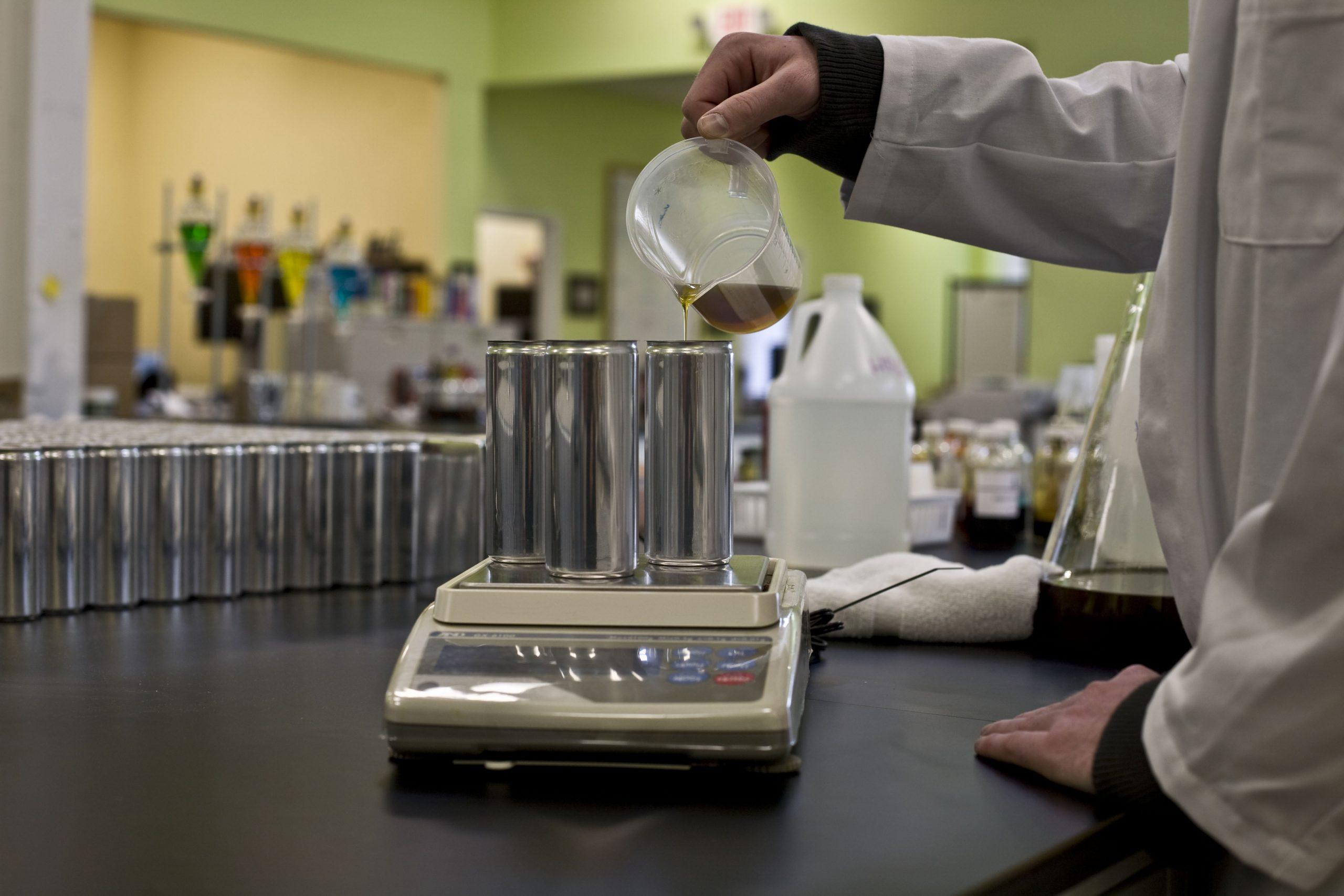
While it's still illegal to combine CBD with alcohol in the US and other countries, there is a rising market for CBD mocktails and functional beverages of all kinds. Even as lawmakers scramble to establish regulatory guidelines, we see a spike in CBD beverages that is likely to continue into the new year.
As the beverage and spirits industries continue grappling with how to share the market with this trending ingredient, it remains to be seen what effects the projected 22-billion-dollar CBD market will have on spirits consumption. There may be an opportunity for spirits brands to expand their portfolios by offering tasty products that accommodate trending ingredients, like CBD.
With so many flavorful and adventurous spirits in the pipeline, it's an exciting time for distilled spirits. As the industry continues to innovate, consumers are sure to have lots of exciting options to taste in 2020.
Interested in learning more about the distilling process and the spirits industry? Check out Moonshine University's 2020 courses to learn from the best in the business.
Related Content
Related Blog Articles

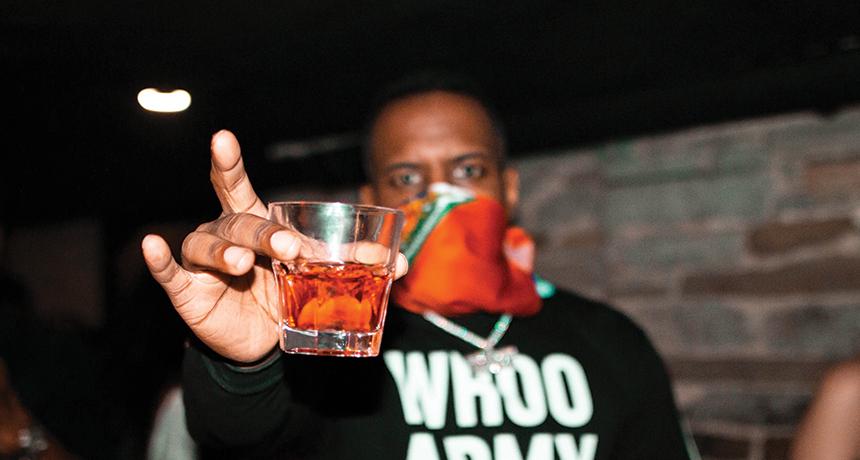
2020 Spirits Trends: Where Are We Now?
blog
At this point last year, no one could have foreseen that within a few short months we'd be facing a global pandemic. As we surpass the halfway mark for this historic year, it makes sense to consider how current events have affected spirits.

The Art of Non-Alcoholic Spirits
blog
For decades, spirits and cocktails have fostered a culture of craft, connection, and celebration. But over time, cocktail culture has evolved far beyond the buzz!